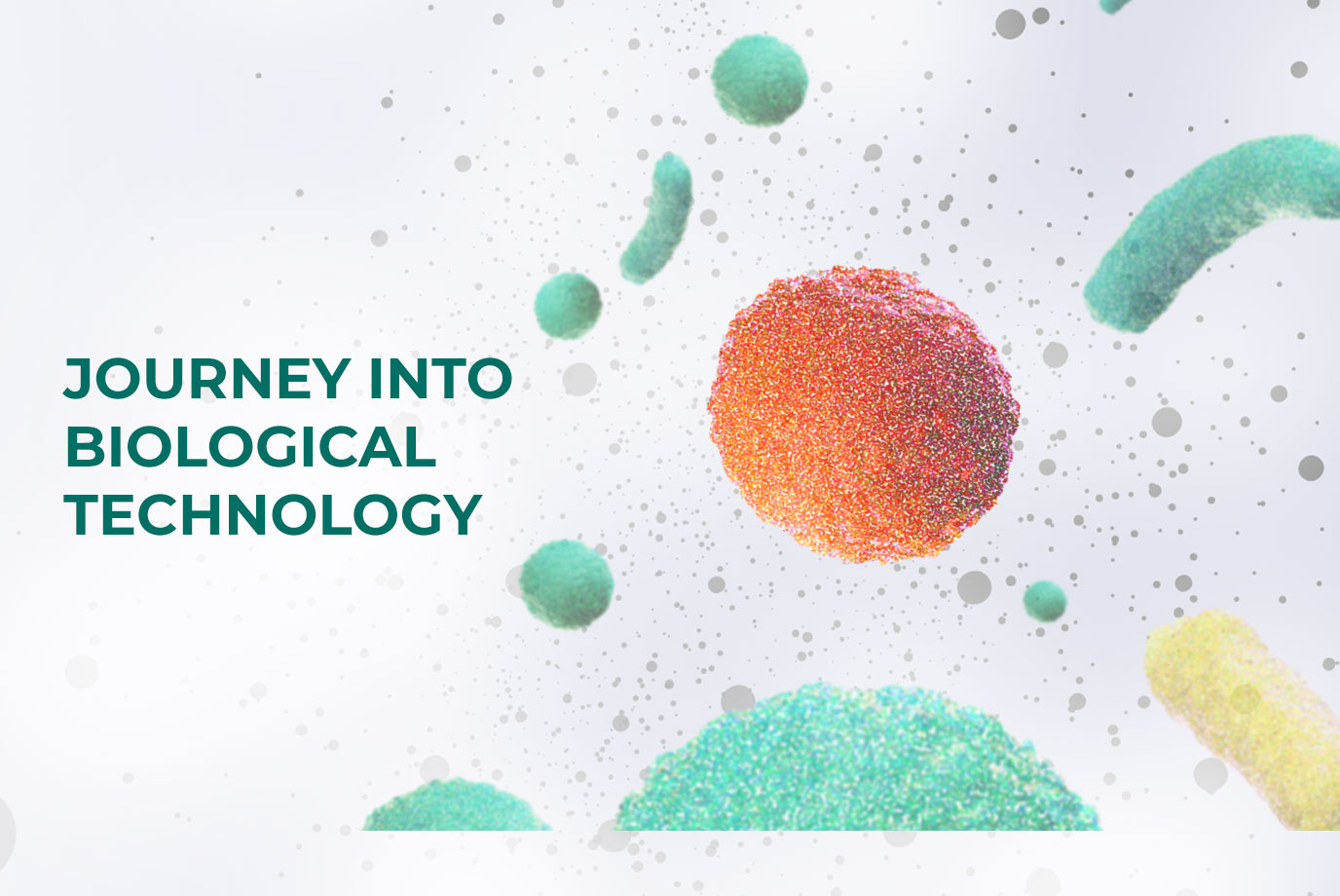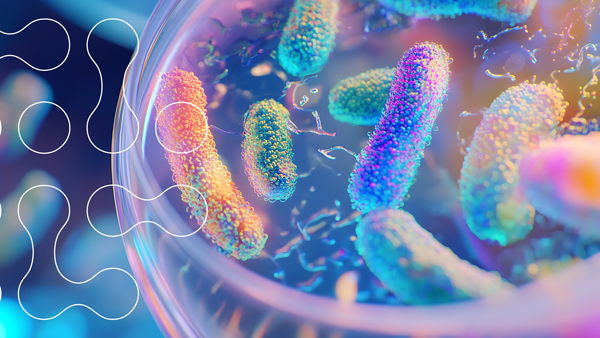For 120 million years, bees have been set to work across forests, meadows, farms, and even our back garden – not so silently pollinating our plants, bees have been the buzzing heroes of ecosystems, food chains, and biodiversity; yet after a career that predates human capitalism, many bees are endangered, and others are at threat of extinction.
After so long on this planet, why are bees now at risk? And what will happen if we no longer have the humble bumble in our environment.
Evolution of the Bee
During the Cretaceous period, when dinosaurs like t-rex, triceratops, and “duckbilled” hadrosaurs walked the earth, ancient predatory wasps were hunting for their next meal and protecting their nests. Using their stingers to paralyse their prey, these mini carnivores were starting to evolve. After a few of these carnivores acquired a taste for nectar and became vegetarian, evidence suggests bees started to appear more when plants began to flower in the late Cretaceous period. The oldest species found is the stingless bee “Trigona Prisca”. From then from continental drift, different subspecies of bees evolved, developing to suit the different climates: bees began to diversify migrate, and thrive in different areas across the world.
Now in 2024, there is a reported over 20700 types of bee species found globally, and still counting. And there aren’t just bee colonies in the mix, there are freelancers in the bee world that work independently, these are the solitary bees; yet although there are many diverse types of bees, many are at risk of becoming extinct.
Why are Bees important?
For ecosystems, plants, and even our food to grow, they need to be pollinated. Pollinators, like bees carry the male part of the flower (stamen) and bring it to the female part of a plant – fertilising the plant to create ingredients like fruits, seeds, and even more plants. Although not all plants rely on pollinators, some are asexual, others rely on wind and water, and many plants need pollinators. In fact, 70% of human crops, are pollinated by bees.
Although bees aren’t the only pollinators, as bats, butterflies, lizards, certain insects, and even in Madagascar, the Black and White Ruffled Lemurs are holding the title of the world’s largest pollinator; bees are still undoubtedly at the top of the pollinator scale. Through millennia of evolution, bees have evolved specifically for pollination on a much larger and more efficient scale. With hairy bodies evolved to easily collect pollen, a range of different sized and shaped bees pollinate the range of different plants, understanding the needs of the plants to pollinate (e.g. tomatoes require buzz pollination, which bees do with their specific wing frequency), and innate foraging behaviour - bees are naturally made for maximum and effective pollination.
This natural and free fertilisation process means bees are essential for human life to continue by:
Food
One out of every three bites of food is there because of pollinators. This doesn’t just extend to plant-based foods, like seeds, nuts vegetables, and bees are important to ensure crops are grown to feed livestock for the agricultural industry.
Ecosystems:
Starting the food chain, bees are the catalyst for starting the production of, plants, which feed the herbivores, which then feed primary predators to the top of the food chain. But food is not the only resource that bees help to scale, through their pollination they create habitats for biodiversity to live.
Clean air
As bees are a central part of helping many plant species grow and thrive, that means more plants can photosynthesize. The process of photosynthesis is when plants absorb carbon dioxide, and release oxygen as a result. This element is critical for all life (except some tiny animals). Yet bees’ position is not only helping the process of creating air but helping to mitigate air pollution bees draw in pollutant particles from the air whilst they are flying, then trap them in their fur. from their fur catching the tiny. As a result, some researchers are using honey from specific areas to pinpoint pollutants in that area.
Economy
Beyond their direct links to honey and bee wax, bees are another pillar in the global economy. Bees contribute directly to food production, for businesses to then profit from. Just the major pollinators in Europe (Honey Bees, Bumblebees, and wild bees) have been estimated to contribute at least 22 billion euros to the agriculture industry.
Why are Bees now at risk?
So, with over 20000 different types of bees and a lineage that predates humanity, why are bees suddenly now of serious population decline?
Within the UK a third of bees has disappeared in 10 years, and a quarter of European species are at risk of extinction. Yet throughout their history bees have managed to pivot and evolve to survive the never-ending changing dynamic of the globe. Yet, within the last 50 years, the rampant scale of capitalistic practices from many different areas has resulted in dying bees.
Climate change
Bees have survived millions of years through evolution, to adapt to the changing environment around them. Yet, rapid changes like extreme weather, which is a result of climate change, is disrupting their routines; like bee nesting and seasonal changes for when flowers bloom. Losing the synchronicity of them and the plants that they forage on. Not only this but many habitats because of climate change are becoming unliveable for bees from the drastically changed temperatures.
Habitat loss
Ironically the creator of habitats for many species, is now losing their habitat to human land development. Such as agricultural expansion, urban sprawl, and other construction developments. Since 1930, 97% of UK wildflower meadows (a UK bee habitat) have been destroyed. And even climate change is decreasing their habitats on a global scale from increased natural disasters and deforestation. Without habitat bees are losing their direct food sources, making them stressed and malnourished, unable to reproduce, resulting in ill and dying bees.
Pesticides and Agrochemicals
To tackle the loss of product from pests and weeds, many farmers opt to use pesticides, which pose a risk to bees being able to forage and navigate between plants. Not only this many pesticides do kill bees. The discussion of pesticides in agriculture is a common debate in governments, even the UK government, recently, they authorized the use of the pesticide neonicotinoid, which with just one teaspoon can kill 1.25 billion bees.
Air pollution
Although Bees inadvertently help address air pollution, they weren’t evolved to do this. Air pollution has been shown to interfere with the molecules from plants, making it harder for bees to effectively collect and pollinate other plants.
What if Bees go extinct?
“If the bee disappeared off the face of the Earth, man would only have four years left to live. No more bees, no more pollination, no more plants, no more animals, no more man."
Although there are other global pollinators, and even scientists have resorted to creating mechanical bees, these aren’t the solution. Bees are great at what they do, they are the top pollinators and don’t require money and resources to make. So, there may be a plan B for bees, but the world will still feel the sting of a bee extinction from:
Food
Without bees freely pollinating food, humans and those in the food chain will become scarce, and estimated food on supermarket shelves will half in quantities and increase in cost; widening the already growing gap of food poverty. There are artificial ways to pollinate crops, however these processes are complex and costly. It has been estimated that manual pollination from UK farmers would cost the industry £1.8 billion a year.
Ecosystem and air
Without bees, there will be a disruption to the food chain within our ecosystem. Not just from the lack of food, but without the pollination of plants, many habits will cease to exist, from wild trees and wildflowers, creating a depletion in natural habitats. Without these natural habitats that go through photosynthesis, there will be a disruption to oxygen production on the planet.
Economy
With businesses relying on produce from bees, many businesses will be forced to shut. Then in a domino sequence, the rise in living costs and loss of jobs in the global market, will cause rippling affects into other business areas, where consumers can no longer afford different luxuries.
There is still time to help save the Bees
To save the bees we need unified action across the public, from business to government. Although the species are in a decline there are still things we can do to help.
Public
Public participation in bee conservation efforts can make a significant impact. One way to help is by creating bee-friendly spaces such as bee gardens, filled with diverse nectar-rich flowers of various colours and bloom times. These gardens, even if small like a window box, provide essential foraging opportunities for bees while avoiding the use of pesticides and herbicides, ensuring a safe environment for them. Plus, planting or protecting trees can offer ample nectar sources for bees.
Another simple yet effective way to support bees is by providing clean water in shallow bowls, helping them stay hydrated during their nectar-collecting journeys.
Finally, 30% of bees spend winter in hollow spaces, so preserving hollow spaces like trees, logs, and stems, or constructing bee homes can provide a safe shelter for bees, especially during harsh winters.
Businesses
Businesses can play a pivotal role in bee conservation by working with sustainable agriculture in their supply chain. While smaller CSR efforts like individual efforts such as installing bee homes, planting bee-friendly plants, and providing water stations are good on a local level, creating demand through your value chain will have a positive impact by encouraging farmers to adopt bee-friendly alternatives and protecting bees on a wider scale.
Both of public and businesses should also take the next step and support campaigns that force the hand of the government to enforce legislation that protects our bees.
Government
To safeguard bees, governments should create policies banning harmful pesticides across agricultural, residential, and commercial sectors, while regulating pesticide usage to minimise harm to pollinators whilst preserving their natural habitats.
Investments into helping the farming industry adopt bee-safe practices and provide additional support and safeguarding is critical to ensure they are equipped with the right tools that don't compromise between bees and efficiency. Collaborating with beekeepers and scientists also ensures effective monitoring and best practices around bee population and health.




